Deck & Commander Strategies
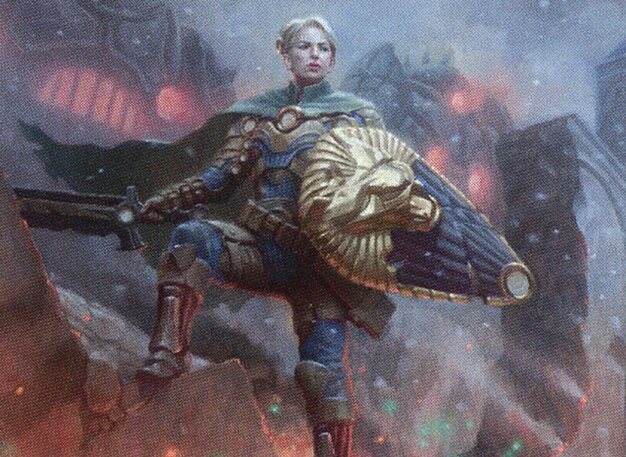
Myrel, Shield of Argive
A disruption and stax-style deck focusing on artifact hate to slow down opponents’ mana bases and combos, leveraging Myrel’s ability to create board pressure while locking down artifacts.
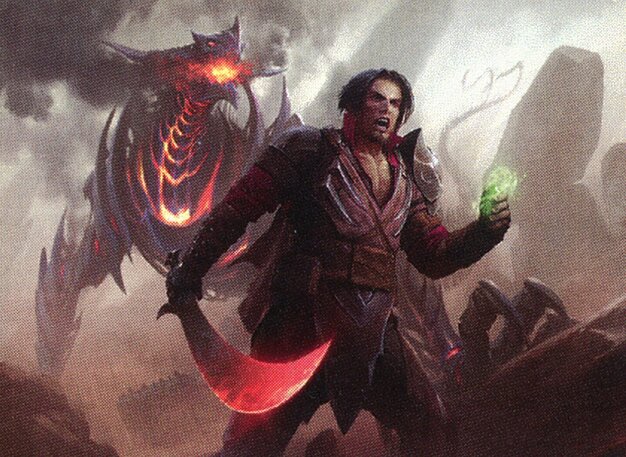
Mishra, Tamer of Mak Fawa
A combo-centric deck that uses artifact synergies and aggressive mana ramp to assemble powerful combos quickly, aiming to overwhelm opponents with infinite or near-infinite token generation.
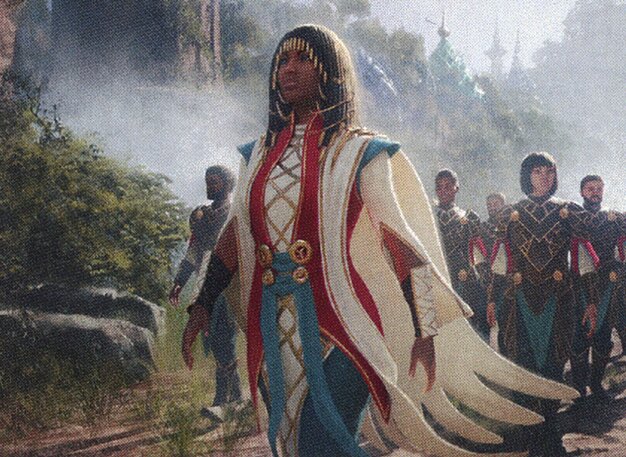
Queen Kayla bin-Kroog
A value and token generation deck that seeks to gain incremental advantage through combat and token creation, pressuring opponents with steady damage and board presence.

Urza, Lord Protector
An artifact toolbox and protection-based deck that uses Urza’s abilities to protect key pieces and assemble combos or synergies, aiming for flexible interaction and strong late-game dominance.
Gameplay Insights
- 1
The Ad Nauseam player’s use of Scroll Rack to reorder and dig deeper through their deck was a critical factor enabling the combo to come together smoothly.
- 2
Kataki, War's Wage was an effective piece of artifact disruption that pressured the artifact-heavy decks, forcing them to adjust their plays and timing.
- 3
Leaving up mana for Ad Nauseam and carefully sequencing spells avoided mana screw and allowed the combo player to execute their win quickly.
- 4
The interaction around Mystic Remora and Cabal Therapy showed how taxing running combo decks can be under constant incremental card advantage and discard threats.
- 5
The game underscored the importance of timing and mana management in cEDH, where missing a window or leaving mana open at the wrong time can cost a player the game.
Notable Cards
-
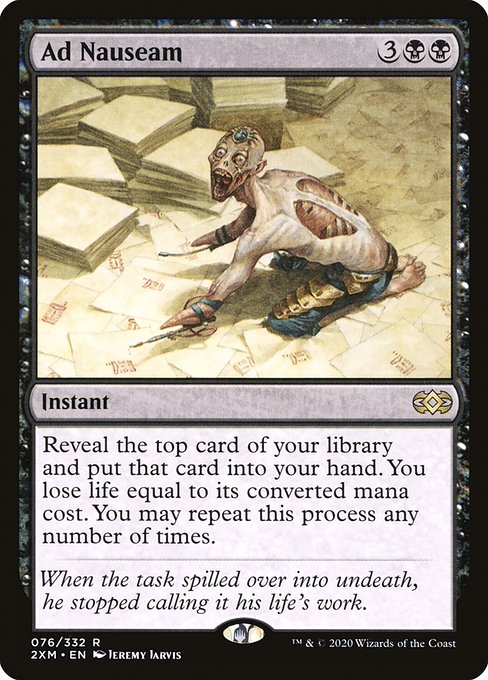
Ad Nauseam
-
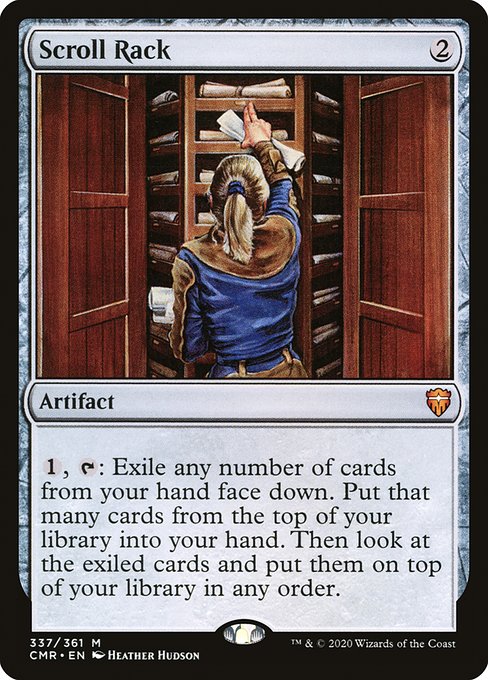
Scroll Rack
-
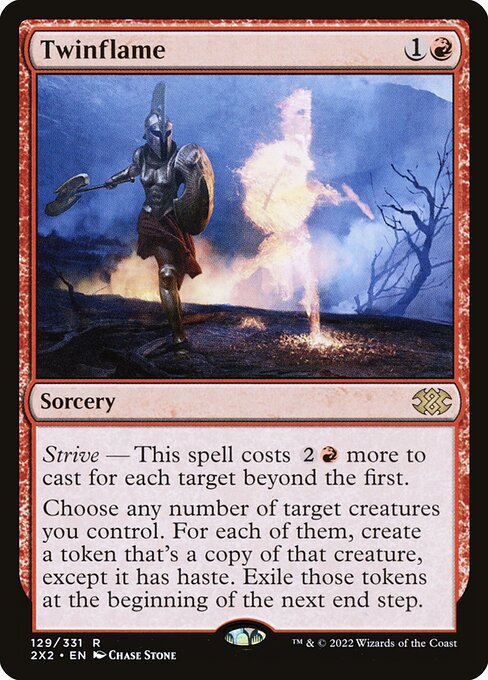
Twinflame
-
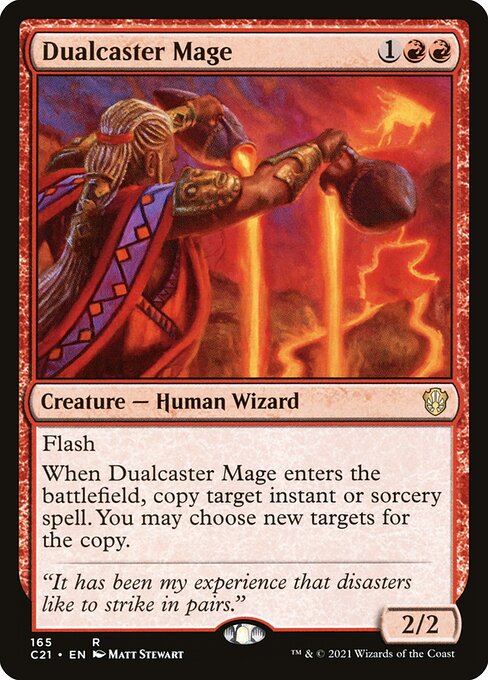
Dualcaster Mage
-
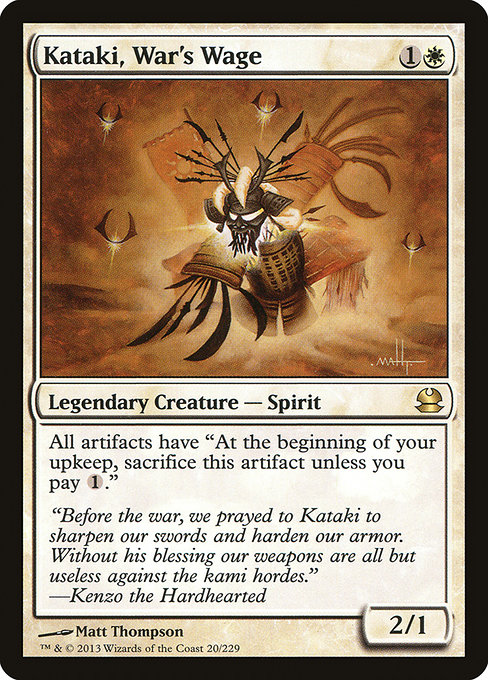
Kataki, War's Wage
-

Mystic Remora
-

Mana Crypt
-

Cabal Therapy
Gameplay Summary
The game features four Brothers' War commanders competing in a competitive EDH setting: Myrel, Shield of Argive; Mishra, Tamer of Mak Fawa; Queen Kayla bin-Kroog; and Urza, Lord Protector.
Early turns saw typical mana acceleration plays and setup, with players deploying mana rocks and lands to ramp into their strategies.
Notably, a player running a red-black Ad Nauseam build capitalized on a strong opening hand, quickly casting Ad Nauseam and using Scroll Rack to dig deeper into their deck, enabling a near-infinite combo involving Twinflame and Dualcaster Mage to generate infinite tokens and attack for lethal damage.
This fast combo execution was a major turning point, showcasing the power of the Ad Nauseam engine paired with efficient card draw manipulation and mana generation. Meanwhile, other players focused on board control and disruption.
Myrel utilized Kataki, War's Wage to pressure artifact-based strategies, disrupting mana acceleration and combos.
Urza leveraged artifact synergies and protection effects, while Queen Kayla aimed to build incremental advantage through token generation and combat damage.
Despite some interaction, the Ad Nauseam combo player was able to outpace the others by generating a massive board presence quickly.
The game highlighted the tension between fast combo execution versus control and value-based strategies, with the Ad Nauseam deck ultimately demonstrating its raw power and efficiency in cEDH environments.



























![The Brothers' War 3: Dominaria Drift [Commander VS 319] | Magic: the Gathering Gameplay thumbnail](https://i.ytimg.com/vi/u4cXJIKflwU/sddefault.jpg)
![Ultra Magnus vs Urza vs Soundwave vs Mishra [EDH/Commander, Magic The Gathering Gameplay 2022] thumbnail](https://i.ytimg.com/vi/LtuSV7-eMFY/sddefault.jpg)










![The Brothers' War Commanders [Commander VS 317] | Magic: the Gathering Commander Gameplay thumbnail](https://i.ytimg.com/vi/qLFj7wbrKBw/sddefault.jpg)




